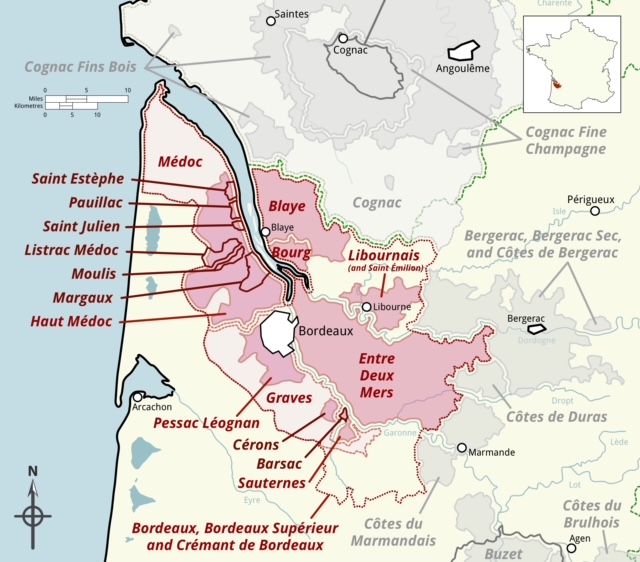Château Rouget is a renowned wine estate situated on the Pomerol plateau, near the village and old church of Pomerol, in the Libourne region of Bordeaux, France. The Pomerol plateau is highly esteemed for its exceptional terroirs and wines, making it one of the most sought-after appellations in the world.
The estate covers 42 acres, with two-thirds of its vineyards located around the Château, while the remaining plots are positioned facing prestigious neighboring estates such as Petit Village, Le Pin, and Trotanoy. The strategic location of these vineyards contributes to the high quality of the wines produced by Château Rouget.
Merlot is the dominant grape variety in Pomerol, and Château Rouget follows suit with 85% of its vineyards dedicated to Merlot. The clayey soils of the area are particularly well-suited for this grape variety, allowing it to express itself in a way that is unparalleled elsewhere in the world. Additionally, Cabernet Franc is also grown at Château Rouget, benefiting from the ideal ripening conditions provided by the estate's location.
The soil composition in the vineyards can vary, with some plots consisting of clay and gravel, while others have clay and silica. Underneath the surface, the subsoils are rich in iron and composed of sandstone. These diverse soil profiles contribute to the complexity and character of the wines produced at Château Rouget.
The estate's vineyards boast vines that are approximately 40 years old, indicating a level of maturity and experience in the grape production process. Moreover, Château Rouget initiated an extensive replanting program in 1992, which, along with the acquisition of five acres from neighbouring prestigious estates on the high plateau in 1999, significantly strengthened the estate's position as a premier cru producer.
Overall, Château Rouget's combination of prime terroirs, careful grape selection, and meticulous winemaking practices contribute to the production of sought-after wines that showcase the best of Pomerol's winemaking traditions.
The terroirs dedicated to Le Carillon de Rouget are more aerial than the ones selected for Château Rouget. This, combined with the relative youth of the vines, compared to the ones of the Grand Vin, result in earlier ripening and give the wine its roundness and appealing character.
The year 2013 presented challenges for Rouget vineyards due to difficult weather conditions, but the vineyard's viticultural practices and farmer's wisdom helped in producing interesting grapes with great potential. Harvesting began in early October with a focus on optimal maturity. While the structure of the berries may not be at the level of previous years, the approach to vinification was pragmatic and involved permanent monitoring to avoid damaging the fragile vintage.



